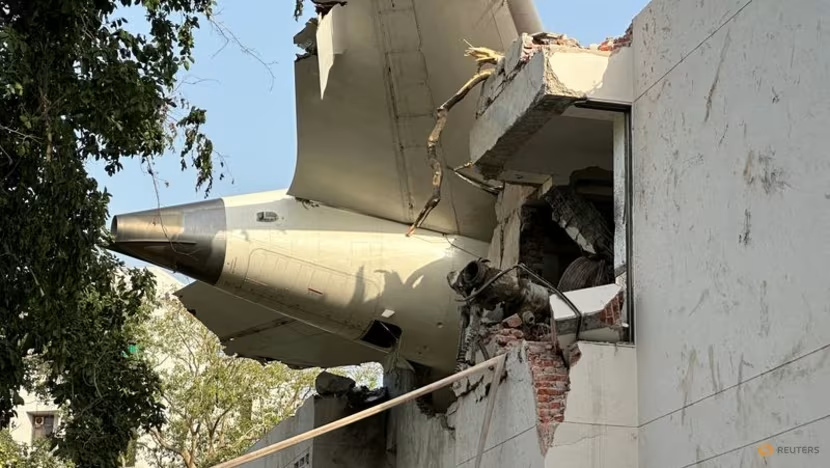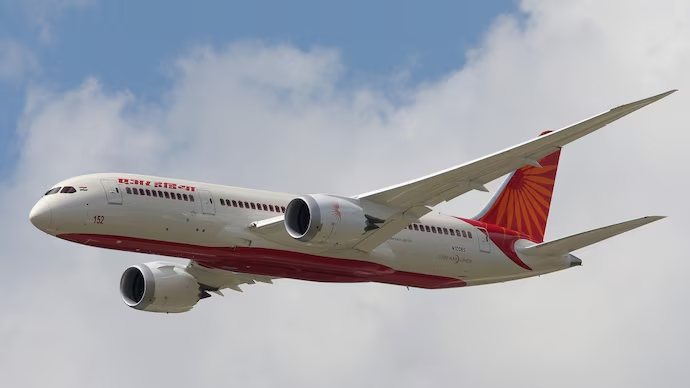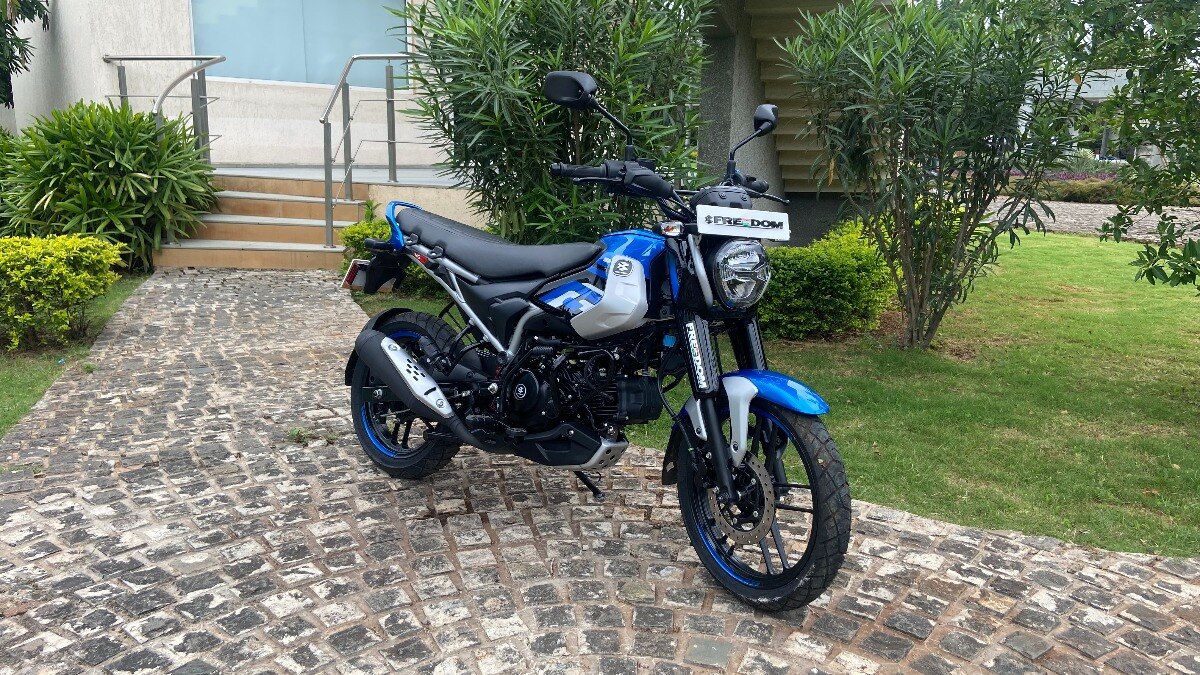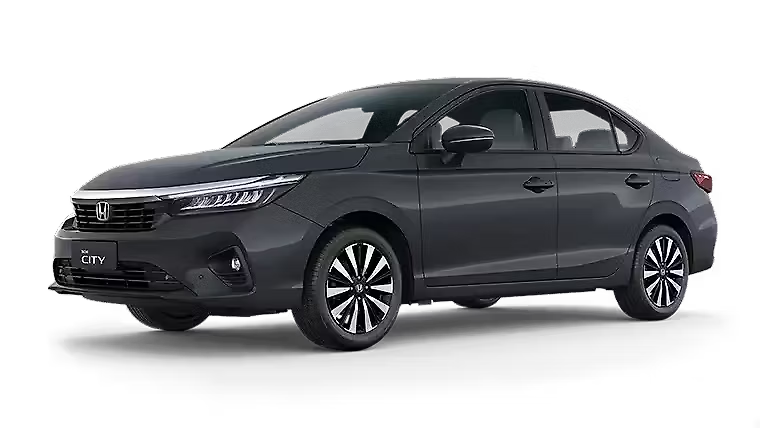Since its first commercial flight in 2011, the Boeing 787 Dreamliner has captured the imagination of travelers and industry experts alike. Heralded as a revolutionary aircraft, it promised unparalleled fuel efficiency and a significantly improved passenger experience. For years, the Boeing 787 Dreamliner has been a symbol of modern aviation’s capabilities. However, like any complex machine, its journey is not without its challenges, and a new, tragic chapter was unfortunately added just yesterday, June 12, 2025.
This detailed blog post will focus exclusively on the Boeing 787 Dreamliner: its ambitious history, its groundbreaking design, the unparalleled comfort it offers passengers, and the somber details of the crash that occurred yesterday in Ahmedabad involving an Air India Boeing 787 Dreamliner.


The Genesis of a Dream: History of the Boeing 787 Dreamliner
The concept for the Boeing 787 Dreamliner emerged in the early 2000s, initially known as the “7E7.” Boeing’s vision was to create an aircraft that would redefine medium-to-long-haul travel, focusing on a balance of unprecedented fuel efficiency and enhanced passenger comfort. This was a bold departure from the traditional approach of building larger, faster jets.
Key milestones in the Boeing 787 Dreamliner‘s development include:
- Launch (2004): The program officially launched in 2004 with a firm order from ANA (All Nippon Airways), marking a global shift towards more efficient aircraft.
- Rollout (2007): The first Boeing 787 Dreamliner was rolled out in July 2007, amidst much fanfare, showcasing its sleek design and composite construction.
- First Flight (2009): After initial delays, the Boeing 787 Dreamliner took its maiden flight in December 2009, a crucial step in its certification process.
- Entry into Service (2011): ANA operated the first commercial flight of the Boeing 787 Dreamliner in October 2011, officially bringing the “Dreamliner era” to life.
The development journey of the Boeing 787 Dreamliner was not without hurdles, including initial production delays and a significant grounding in 2013 due to lithium-ion battery issues. However, Boeing successfully addressed these challenges, allowing the Boeing 787 Dreamliner to become a cornerstone of many airline fleets globally.
A Leap in Aviation: Unparalleled Features of the Boeing 787 Dreamliner
What sets the Boeing 787 Dreamliner apart from its predecessors and competitors? Its design incorporates several cutting-edge innovations aimed at both operational efficiency and passenger well-being:
- Composite Materials: The Boeing 787 Dreamliner is revolutionary for being the first commercial airliner to have its airframe primarily constructed from composite materials (around 50% by weight). This significantly reduces the aircraft’s weight, contributing to its remarkable 20-25% improvement in fuel efficiency compared to similarly sized older jets.
- Enhanced Passenger Comfort: Boeing meticulously engineered the Boeing 787 Dreamliner cabin to combat common travel fatigue:
- Higher Cabin Humidity & Lower Cabin Altitude: The cabin is pressurized to a lower equivalent altitude of 6,000 feet (compared to the standard 8,000 feet), and maintains higher humidity levels. This helps reduce dryness, headaches, and the overall impact of jet lag, allowing passengers to arrive feeling more refreshed.
- Larger Dimmable Windows: The Boeing 787 Dreamliner boasts significantly larger windows – 30% larger than those on comparable aircraft. Instead of physical shades, these windows feature electrochromatic dimming, allowing passengers to adjust light levels with a touch of a button, controlling glare without blocking the view.
- Improved Air Quality: Advanced air filtration systems ensure cleaner, healthier air throughout the flight, reducing allergens and bacteria.
- Smoother Ride Technology: Innovative sensors detect turbulence and actively adjust control surfaces, providing a more stable and comfortable ride by mitigating the effects of bumps.
- Quieter Cabin: Enhanced acoustic insulation and advanced engine design significantly reduce cabin noise, contributing to a more peaceful environment.
- Operational Flexibility: The Boeing 787 Dreamliner‘s efficiency and range have allowed airlines to open over 425 new, non-stop routes worldwide. This “point-to-point” capability connects cities that previously required connecting flights, offering greater convenience for travelers.
The Boeing 787 Dreamliner comes in three main variants: the 787-8 (the initial model, which was involved in yesterday’s incident), the stretched 787-9, and the largest 787-10. Each variant offers different capacities and ranges, providing airlines with flexibility to suit their network needs.
Yesterday’s Tragic Incident: An Air India Boeing 787 Dreamliner Crash
It is with profound sadness that we must now turn our attention to the unprecedented incident that occurred yesterday, June 12, 2025. An Air India flight, AI171, a Boeing 787-8 Dreamliner bound for London Gatwick, crashed moments after taking off from Sardar Vallabhbhai Patel Airport in Ahmedabad, India.
The aircraft, carrying 242 passengers and crew, tragically impacted a residential area near the airport, specifically hitting buildings within the quarters of BJ Medical College in Meghaninagar. Early reports from authorities confirm a devastating loss of life. While the exact number of ground casualties is still being ascertained, nearly all individuals on board the Boeing 787 Dreamliner are confirmed to have perished. One sole survivor from the aircraft was found and is currently receiving urgent medical attention.
This tragic event marks the first fatal crash involving a Boeing 787 Dreamliner since its commercial introduction in 2011. Over the past 14 years, the Boeing 787 Dreamliner fleet has carried more than a billion passengers across nearly 5 million flights without a single prior fatal accident. This makes yesterday’s incident particularly shocking and deeply sorrowful.
The investigation into the cause of this catastrophe has already begun. India’s Aircraft Accident Investigation Bureau (AAIB) is leading the inquiry, with support from the U.S. National Transportation Safety Board (NTSB) and Boeing. The recovery of the flight data recorder and cockpit voice recorder – the “black boxes” – will be paramount in understanding the sequence of events that led to this disaster. Eyewitness accounts, airport data, and aircraft maintenance records will also be crucial elements of the investigation.
Our deepest sympathies and condolences are extended to the families and loved ones of all those affected by this devastating incident in Ahmedabad.
The Future of the Boeing 787 Dreamliner
The Boeing 787 Dreamliner has undeniably transformed long-haul air travel with its innovative design and passenger-centric features. While yesterday’s tragic crash is a severe blow, the aviation industry operates under a rigorous safety framework. Investigations into such incidents are exhaustive, aimed at identifying precise causes to prevent future occurrences. The safety record of the Boeing 787 Dreamliner remains strong, and the outcomes of this investigation will inform any necessary safety directives or design enhancements.
As the global aviation community processes this profound loss, the focus will remain on the detailed findings of the ongoing investigation, ensuring continued vigilance and commitment to the highest standards of safety for the Boeing 787 Dreamliner and all aircraft in service.
Also Read : Top 5 Cybersecurity Tools for Laymen: Stay Safe from Digital Hackers in 2025
Looking to grow your brand online? Our expert digital marketing services help you boost visibility, generate quality leads, and drive real results. From SEO and social media to performance marketing, we’ve got you covered check out our services at KnightPixels and let’s elevate your digital presence! Digital Detox Guide Digital Detox Guide Digital Detox Guide Digital Detox Guide Digital Detox Guide








